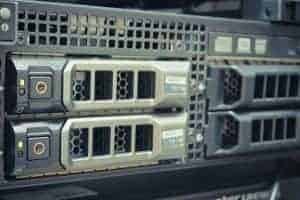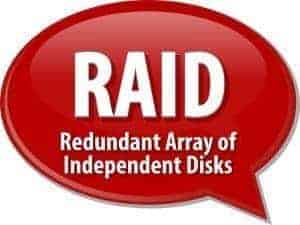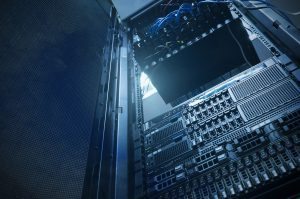When thinking about your computing environment, what would you consider to be one of the most important parts of it? Would it be your graphics card? Your CPU? Or would it be the amount of RAM your PC has? Even though these components are vital to any computer, the real answer would be none of the above.
What would be considered more important in your computing environment would actually be your data. Everything else is easily replaceable except for your data. Once it is lost, it will be gone forever. And that is why you must have a backup plan in case any of your drives fail. Even though it might seem like a simple idea just to backup your data and restore it whenever you need to, it is actually a lot more difficult and time-consuming.

The difficulty with big data
This problem worsens over time as your data grows in size. If your computing environment contains several internal and external drives then, you know first hand from experience how difficult it is to decide where to store this data and make restorations when you need to. If you’re a video editor by profession then, you are expected to be using hundreds of terabytes of data, and you will need somewhere to store it all and the ability to restore quickly if anything were to happen.
Here are some advantages hardware RAID will give you:
- Prevent data loss.
- Fast restoration of data in the event of a drive failure,
- Extra space for future data increases.
- Quick way to restore on a brand new PC.
What is hardware RAID
With this plan in mind, let’s examine a hardware raid solution that should help resolve this issue. The word RAID stands for Redundant Array of Independent Disks. Wit

h RAID, you can have one storage unit that is a combination of multiple disk drives. A proper RAID setup can actually be much faster than a single disk on yourmachine, and it can provide you with protection from any failing drive.
A hardware RAID is a separate device that connects to your computer. There is also another type of RAID that runs directly on your computer through software. Implementing hardware RAID is a lot more difficult than its software counterpart, but once you get it up and running, it can provide you with high performance when compared to a software RAID or single disk setup. An important decision you’ll have to make once you purchase your hardware RAID is having to configure your RAID levels.
RAID will protect you against hardware failure, but you should still be using backup software to protect you aginst file corruption, file deletion and virus/ransomware.
Hardware RAID Array
To understand hardware RAID array’s, you need to know about how a RAID stores its data on each drive. All modern RAIDs today use a mixture of three configurations called striping, mirroring and parity. These configurations combined are called the standard RAID levels. Let’s examine these in detail:
- Striping – Storing data within multiple disk drives.
- Mirroring – Replicating one disk’s data into another.
- Parity – Rebuilding missing data by combining data from other drives
RAID levels are numbered from one to six, with RAID 0 being the lowest level. Below you will see what each RAID is used for.
- RAID 0 – Writes data across multiple disks. Known as the striping disk.
- RAID 1 – Copies data from disk to disk.
- RAID 2-9 – Variations of the main RAID. Used to solve specific problems.
- RAID 10 – Mix of RAID 1 and RAID 0
In order to make the best use out of your RAID device, it is recommended to create a nested RAID, that is a combination of all the standard levels mentioned 
The result of this setup will give you a very fast RAID system that will be able quickly write data to multiple drives since the data will be mirrored. Your data will also be written twice, and that will give you extra protection against any failed drive. Once a drive fails, the data will be replaced immediately, and you will lose no data. After that, you can replace the damaged drive easily.
Weaknesses in RAID
Even though you’ll have multiple disk drives in this setup, if one fails, you won’t have to worry about replacing every other drive. Only the drive that failed will be needed to be replaced. The major weakness in this system is a potential power failure. If your power supply goes out then, you’re stuck until you can get it fixed. This is why more expensive hardware RAID setups come with dual power supplies.
The End
Hardware RAID Array’s can provide you with a plethora of different setups that you could use to protect big data or small data depending on what you want to do. The setup we’ve discussed here is more towards the usage of big data. When it comes to businesses especially, a hardware RAID is almost necessary to protect the data of your company and your customers.
Interested in a new computer or a custom build? Contact Us Today!
Hi, My name is Josh Giesing. I am the President at Computer PRO Unltd. In my free time, I enjoy reading and have a passion for learning.
